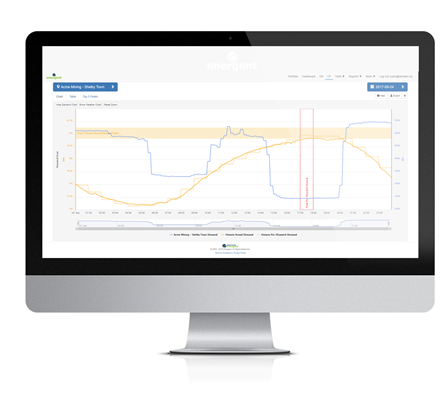TORONTO, Jan. 8, 2014 – Ontario’s Independent Electricity System Operator (IESO) today released 2013 statistics for electricity supply, demand and price in the province.
“Ontario’s electricity data for the past year reflects what we are seeing day-to-day on our Control Room floor – lower demands, increased local generation and an overall greater reliance on base supply,” said Bruce Campbell, President and CEO of the Independent Electricity System Operator.
“Yet it is only a snapshot in time. Ontario’s electricity system will continue to evolve over 2014 and beyond with the introduction of solar energy to the grid, demand response and wind generation developing critical mass as well as the nuclear refurbishment program.”
Supply
Ontario’s reliance on nuclear energy increased over the last year, as it continued to account for most of the province’s baseload needs – roughly 60 per cent of total production. Other baseload supply such as hydro and wind generation output also increased – to 23.4 per cent and 3.4 per cent respectively.
Gas generation output decreased by more than three per cent to 17.1 TWh, a result in part of lower demand peaks throughout the year. Coal generation, which by the end of 2013 had ceased production in southern Ontario, generated only 2.1 per cent or 3.2 TWh of total production.
Electricity imports from neighbouring jurisdictions were also slightly up to 4.9 TWh in 2013, while exports rose to 18.3 TWh.
Demand
Demand for electricity in Ontario remained largely unchanged over the year, with overall consumption at 140.7 TWh. This figure represents a slight decrease from 2012, which was a leap year.
Local, or embedded generation, and demand management efforts have contributed to flattening demand for electricity from the provincial power grid.
The IESO estimates that peak demand was reduced by an average of 1,200 MW during peak days last summer as a result of demand management efforts such the Global Adjustment Allocation, DR3, large consumers participating in the market (also known as dispatchable load) and time-of-use rates.
Mother Nature also triggered a number of unexpected demand reductions during 2013. On July 8, severe floods resulted in a demand drop of approximately 3,800 MW as thousands of customers lost electricity service across the GTA. This was the greatest loss of load since the 2003 blackout which affected most of the province. The recent ice storm resulted in a loss of an estimated 1,800 MW in demand during the early days of the outage, with continuous load losses over the remainder of the week.
Price
Total cost of power in 2013 was 8.55 cents per kilowatt-hour (kWh), up from 7.37 cents in 2012. This cost includes the average weighted wholesale market price of 2.65 cents/kWh and the average Global Adjustment of 5.90 cents/kWh.*
The IESO is responsible for managing Ontario’s bulk electricity power system and operating the wholesale market. It provides a range of historical and real-time electricity data, such as hourly demand, generator output and prices on its web site at www.ieso.ca
*incorporates an estimate for the December 2013 Global Adjustment
For more information, please contact IESO Customer Relations at:
Tel: 905.403.6900
Toll Free: 1.888.448.7777
customer.relations@ieso.ca



